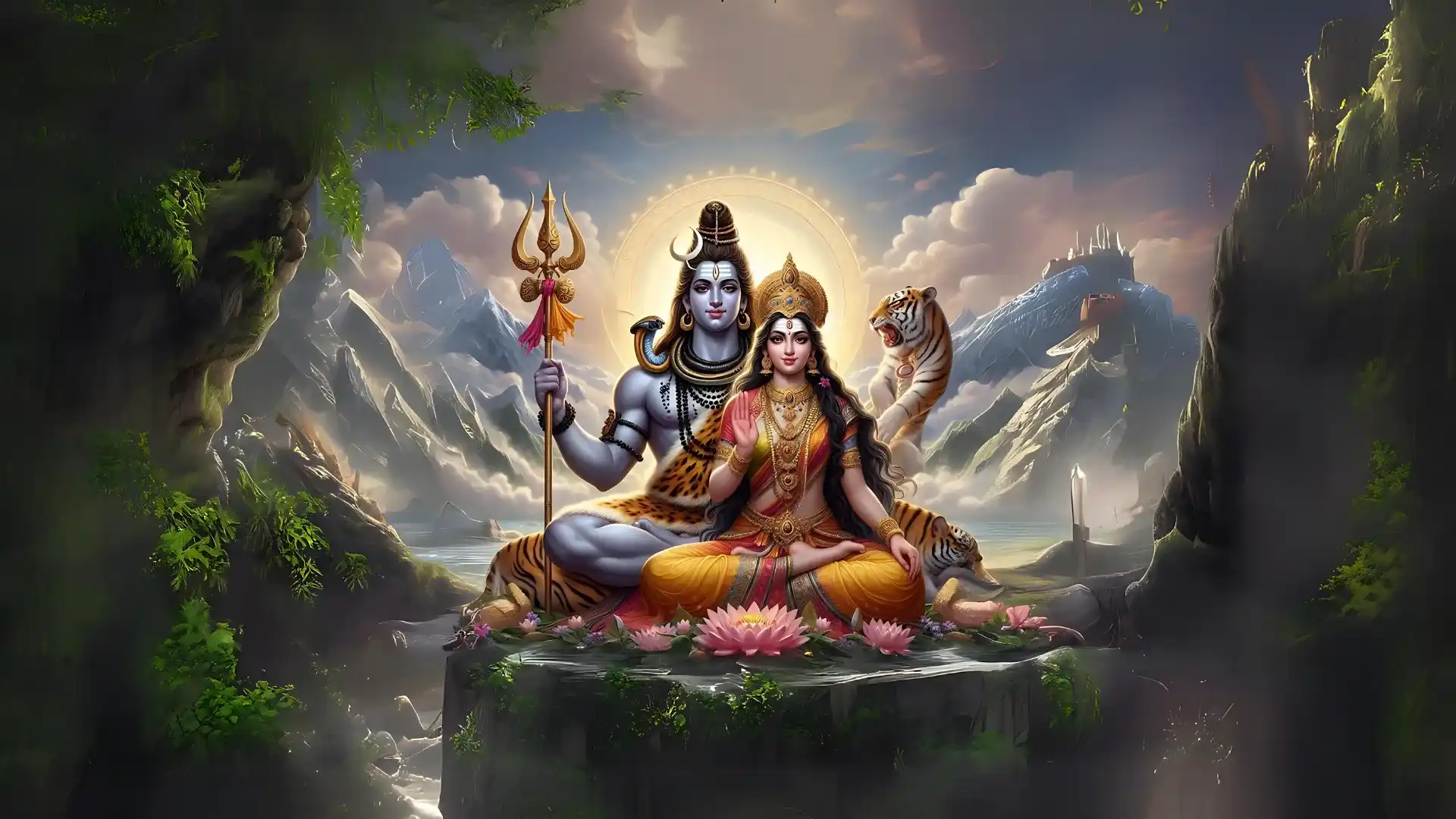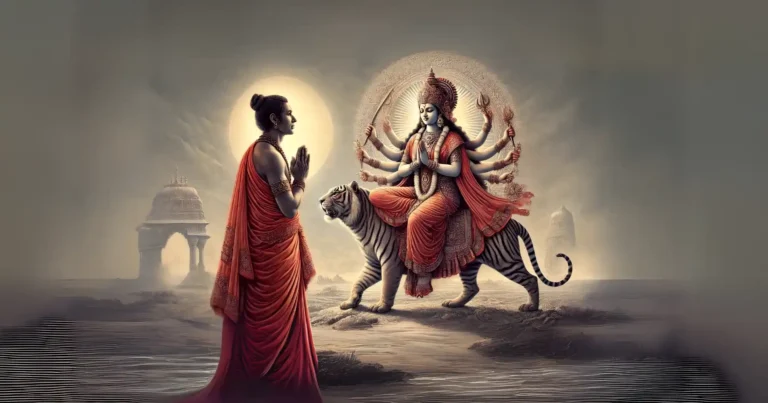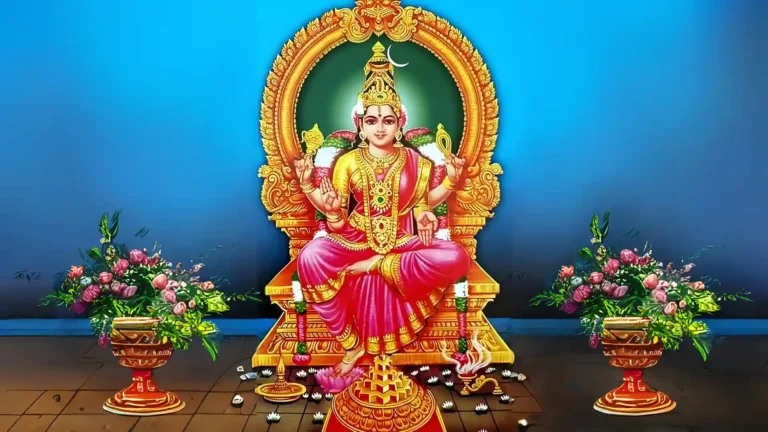Please Like the Blog and Share it for Maximum Reach
Table of Contents
Forms of Shaivism
Shaivism is one of the most popular and widely followed branch within Sanatana Dharma. There are many popular forms of Shaivism. Sri Adi Shankara popularized one of the most relevant forms of Shaivism called Advaita.
It draws its philosophy from Advaita Vedanta. In North India, Kashmiri Shaivism is very popular- a form of Tantric Shaivism. There is another cult of Shaivism which is a part of the Nath Sampradaya.
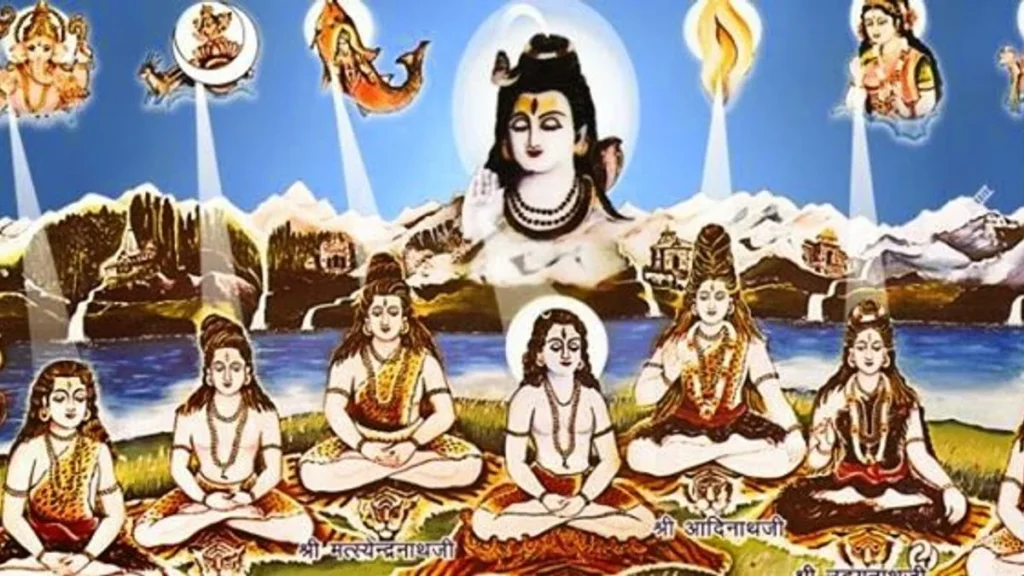
The most prominent Gurus of the Nath Sampradaya were Machhindranath and Sri Gorakhnath. In South India, Southern Shaivism is extremely prevalent. In fact, this form of Shaivism existed during the rule of the Pandya and Chola dynasties. Southern Shaivism is based on the Vedic Scriptures concerning the 28 Agamas especially devoted to Shaivism.
Southern Shaivism
Just like the 12 Azhvars in Vaishnavism, there are 63 Nayanars who lived and breathed “Shiva”.
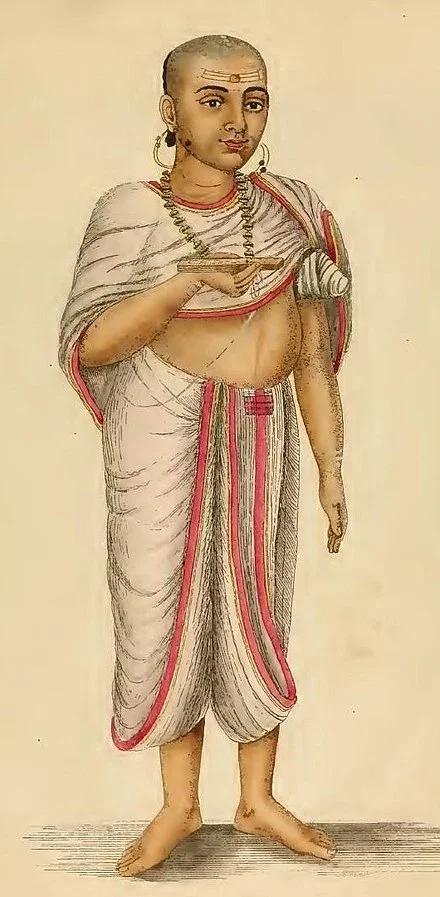
Within Southern Shaivism, again there are subdivisions.
The four popular schools are-
1) Nakulisa-pasupata
2) Saiva
3) Pratyabhijna
4) Rasesvara
The central doctrine of the Shaiva Siddhanta is that “Lord Shiva is the Supreme reality.” Although a Jiva is similar to the essence of Lord Shiva, it can never be equal to Lord Shiva. To the maximum, a Jiva can only qualify to becoming a pure devotee of Lord Shiva.
Test your Alignment with the Spiritual Subject Matter (only 7-8 Questions)
The scores generated in this Quiz are relative. There are no right or wrong answers. A percentage towards 100 indicates that you are more aligned to the overall subject matter.
Shaiva philosophy
Three popular terms within the Shaivite cult are-
1) Pati (God), 2) Pasu (soul) and 3) Pasa (bonds). The Shaiva philosophy talks of 36 Tattvas or 36 central principles. It exhorts that the world is real, unlike the illusory concept of Maya in the Advaita philosophy.
All said, it may not be wrong to conclude that Shaiva Siddhanta is the distilled essence of Advaita Vedanta. It is the theistic version of Advaita philosophy. It may not be wrong to even conclude that Advaita philosophy has strong undercurrents of Atheism. The Southern Shaiva cult was most prominent before the Christian era, in Southern India.
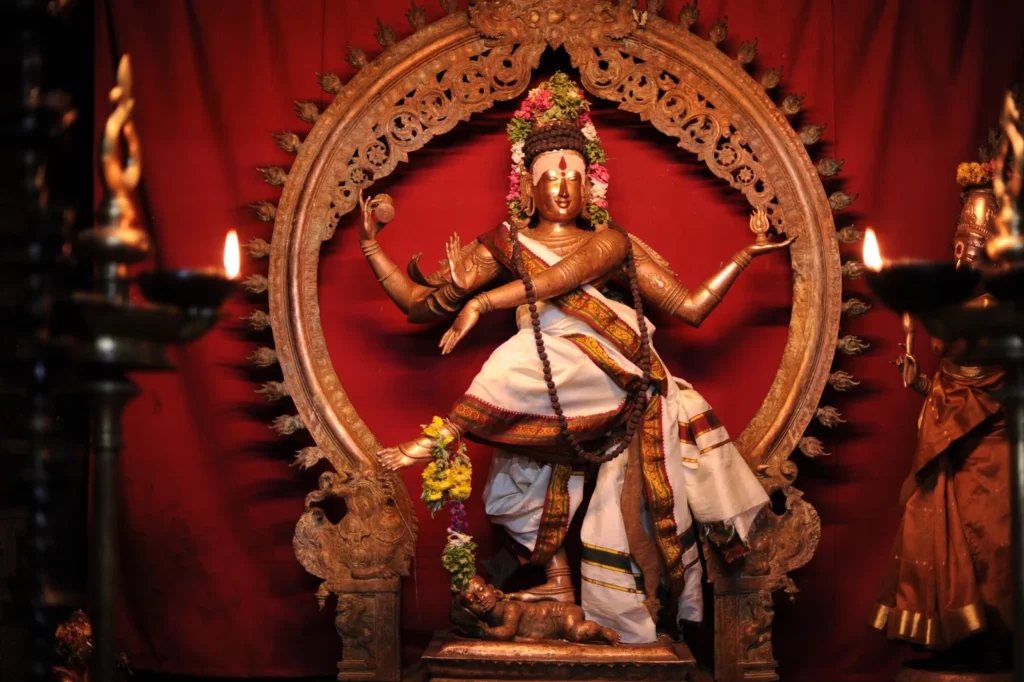
Tirunelveli and Madurai are considered chief centers of the Shaiva Siddhanta schools. They are also seen as a rival school of the Vaishnavism school of thought, which glorify Sri Vishnu as the Supreme.
Lord Shiva, according to the Southern Shaivite School is the Supreme Personality and infinite consciousness. He is not limited by time or place. Hence Lord Shiva is said to have another name, Chidambaram, since he transcends time and place.

Lord Shiva is free from all defects and hence all-perfect.
It is the goal of all Shaivaites, in general to attain Shivahood or perfection. One who attains Shivahood, following the path of Shiva-Sadhana attains “Parama padam” or the ultimate liberated stage.
Activities of Lord Shiva
Specifically, pure Shaivaites believe that Shiva has five main activities.
They are –
1) Creation, 2) Preservation, 3) Destruction, 4) Veiling and 5) Grace.
These, separately considered, are the activities of Brahma, Vishnu, Rudra, Maheshwara, and Sadashiva. Hence, Lord Shiva represents Brahman (all-consciousness as per Advaita).
Shiva, Shakti and Maya
Likewise, Prakriti is the potency of Shiva. In addition, she is known by the name Shiva-Shakti in Shaivism. Lord Shiva operates through Shakti and represents the female aspect of the Lord.
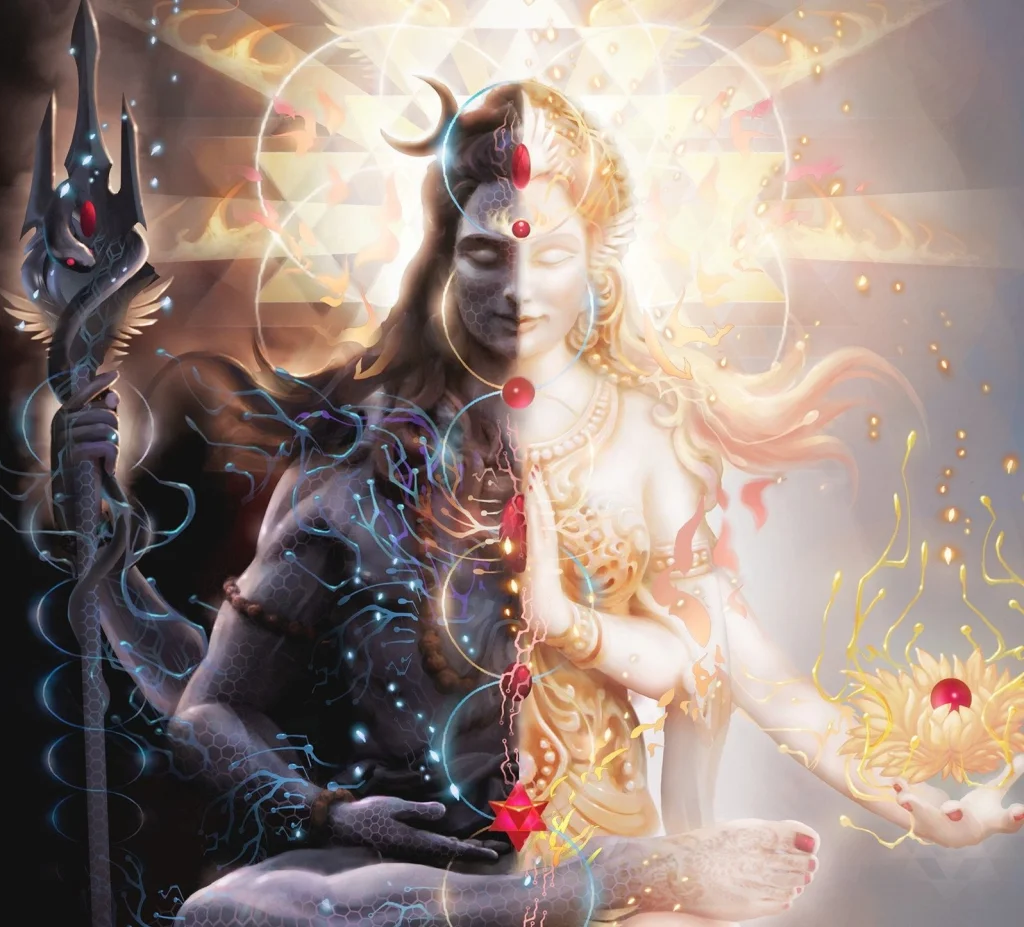
Hence, Shakti is the conscious energy of the Lord Shiva. She is His very body.
To illustrate-
1) The potter is the first cause for the pottery
2) The stick and the wheel are the instrumental causes.
3) The clay is the material cause of the pot.
Similarly, Lord Shiva is the first cause of the world. Shakti is the instrumental cause. Maya is the material cause. What is Maya? Maya is that which makes Shakti visible and observable. In fact, Shakti, is the form of Goddess Parvati.
She can never have an independent existence. Hence, Shiva and Shakti are sometimes represented as Ardhanareshwara (Half male and female form).
If Shiva is the Creator, Shakti is the energy aspect. The same Shakti represents matter or Creation. Nonetheless, Shakti is the moving force that animates Shiva. Without Shakti, Shiva is inoperable, stagnant or static.
Principles of Shaivism
The 36 principles of Shaiva Siddhanta explain the process of Creation, as against the 25 principles of Samkhya. When Lord Shiva is stagnant, calm, it is the “Shuddha” aspect of Shiva, unruffled.
Here, Shakti remains dormant within Shiva. However, when Shakti moves, the power of Shiva starts manifesting. The 36 Tattvas arise from Maya, the material cause of the world. Shuddha Maya is Maya in its primal state.
From it arise the five pure principles called Shiva Tattva, Shakti Tattva, Sadashiva Tattva, Ishwara Tattva, and Shuddha Vidya Tattva.
Shiva functions through these five pure principles.
Please Like the Blog and Share it for Maximum Reach

